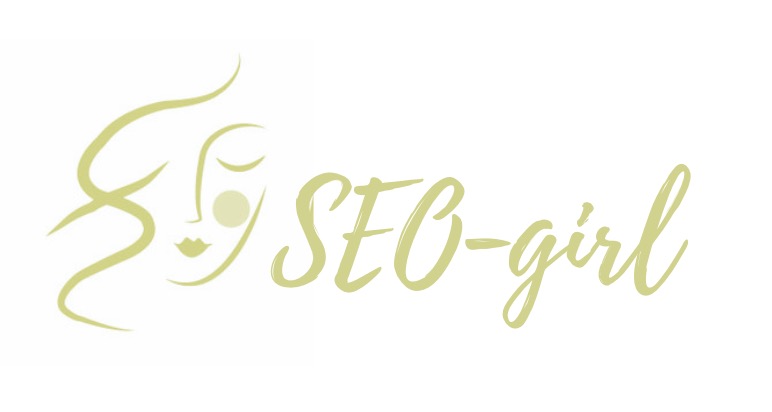Google’s Knowledge Graph is a “massive graph of real-world things and their connections to bring more meaningful results.” In essence the graph search enhances the search engine results with semantic and conversational search information to provide meaningful results for the searcher. Knowledge Graph has been designed to answer users’ queries without a need to go to some websites for answers. It also helps discover existence of certain things and summarise relevant facts about those things. It helps us to do sightseeing (when showing interesting places to see displayed as a carousel, below our query) :
or plan our free time (e.g. live cinema listing):
Or get quick flight info:
Altogether there are around 16 different
types of Google Knowledge Graph
As with lots of
aspects of Google, there are no sure-fire ways to appear in Google’s Knowledge
Graph. However, there are several ways we can help influence its chances of
doing so.
How Google determines
the entities for people, places and things?
1. It looks like Google pulls out the information
from Freebase - a huge
community curated structured database of well-known people, places and things.
On March 3, 2007, Metaweb
publicly announced Freebase, described by the company as "an open shared
database of the world's knowledge," and "a massive, collaboratively
edited database of cross-linked data." [Wikipedia].
It contains around 40 million
entities and 1 billion facts and it is still growing. So check out if your
company has been listed there and if not makes sure you will get there soon.
2.Secondly make sure your website uses schema mark up in order to improve the
displayed search results. You can mark up creative work, events, organisations,
people, places, products or properties. Use mark-up helper if you need
assistance. Test your mark-up in Google Testing Tool.
Schema allows Google to link data
into linked graphs of structured data, understand them better and display some
of them in SERPs.
In order to further reassure Google your identity can always
utilise ‘sameAs’ property this can
be used for both people and organisations. ‘SameAs’ has been proposed to
improve and clarify schame.org handling identity issues where many various
websites provided information about the same real world entity.
To avoid identity issues simply place ’sameAs’ property on
your website referencing another place stating your identity (Freebase,
Wikipedia, Google+ etc.)
3. Make sure you use Google+ which has been associated with you ( when placing rel=’author’
on your blog) or your company (when placing rel=’publisher’ on your company
website) to allow Google to see yet another way of self-identification. You
will need Google+ in order to sign up at Freebase anyway.
4. Have
informative Wikipedia entry about
your company to aid all the above described entries and make Google recognise
you as a trustworthy entity.
* Many thanks to +Krystian Szastok and +Andrew Isidoro for giving me inspiration when writing this post.
* Many thanks to +Krystian Szastok and +Andrew Isidoro for giving me inspiration when writing this post.





0 Comments